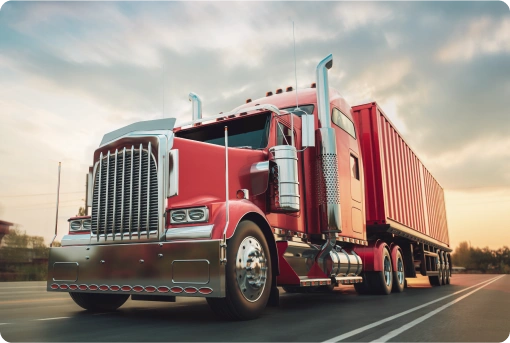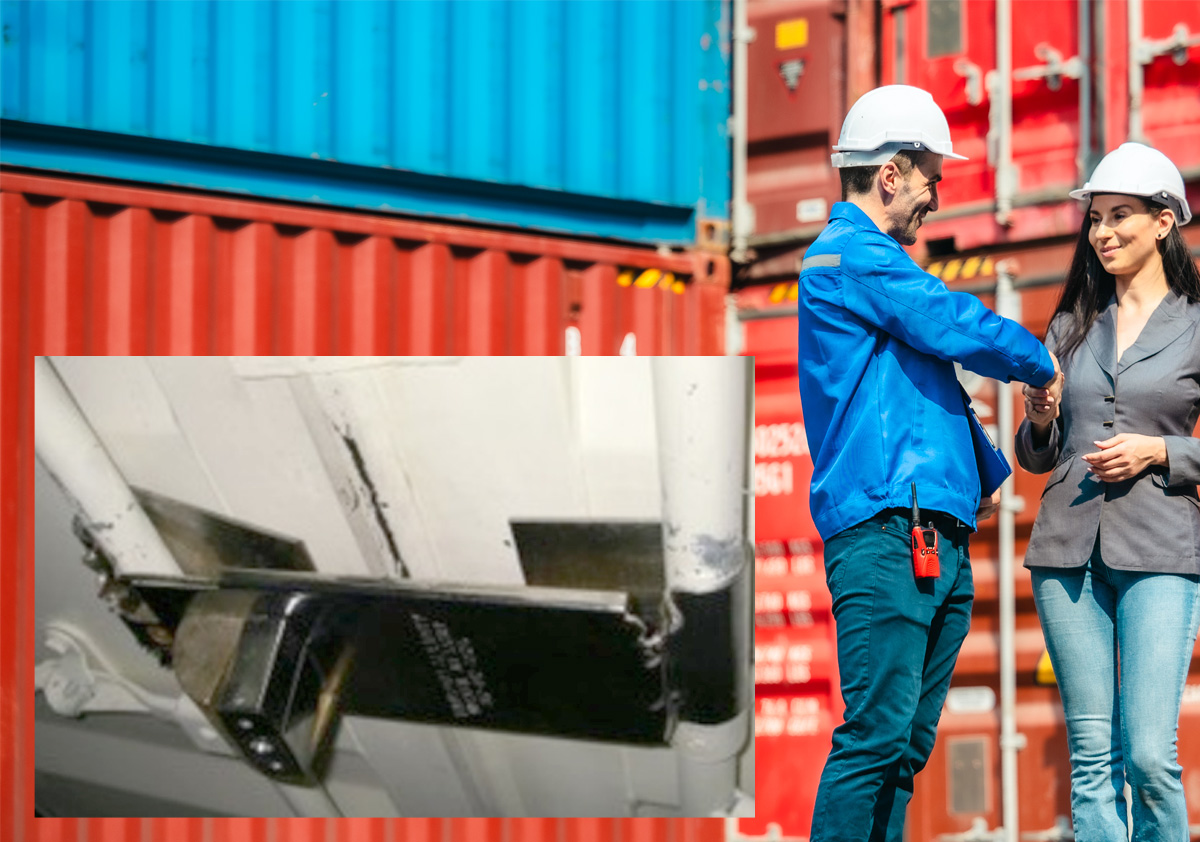Key surveillance signs to watch for:
Vehicles that seem to be consistently present behind the truck over long distances or through multiple turns
Cars that appear to be "leap-frogging" - passing the truck, then slowing down and letting the truck pass repeatedly
Unusual activity or vehicles loitering around truck stops, rest areas, or delivery locations
People taking photos or video of the truck/cargo at stops
Receiving unexpected calls or messages asking about route/schedule details
Signs of tampering with the truck, trailer, or locks when left unattended. Always use high-quality, heavy-duty locks on truck doors and cargo areas.
Drones flying overhead, especially in rural areas
Vehicles waiting near the origin point before the truck departs
Suspicious markings on trailer without known purpose
Physical security measures to protect your cargo:
Use multiple locks of different types to secure cargo areas, making it more difficult for potential thieves
Place portable locks high up and out of easy reach to make tampering more difficult
Regularly inspect locks for signs of tampering
Regularly inspect locks for signs of tampering
Drivers should trust their instincts if something feels off. Varying routes when possible, using robust locking systems, and being vigilant about surroundings can help improve security. Any serious concerns should be reported to dispatch/management and potentially law enforcement.
Continue to encourage your drivers to consult the fleet’s official safety training materials and protocols as well as industry organizations for comprehensive guidance on this topic.



